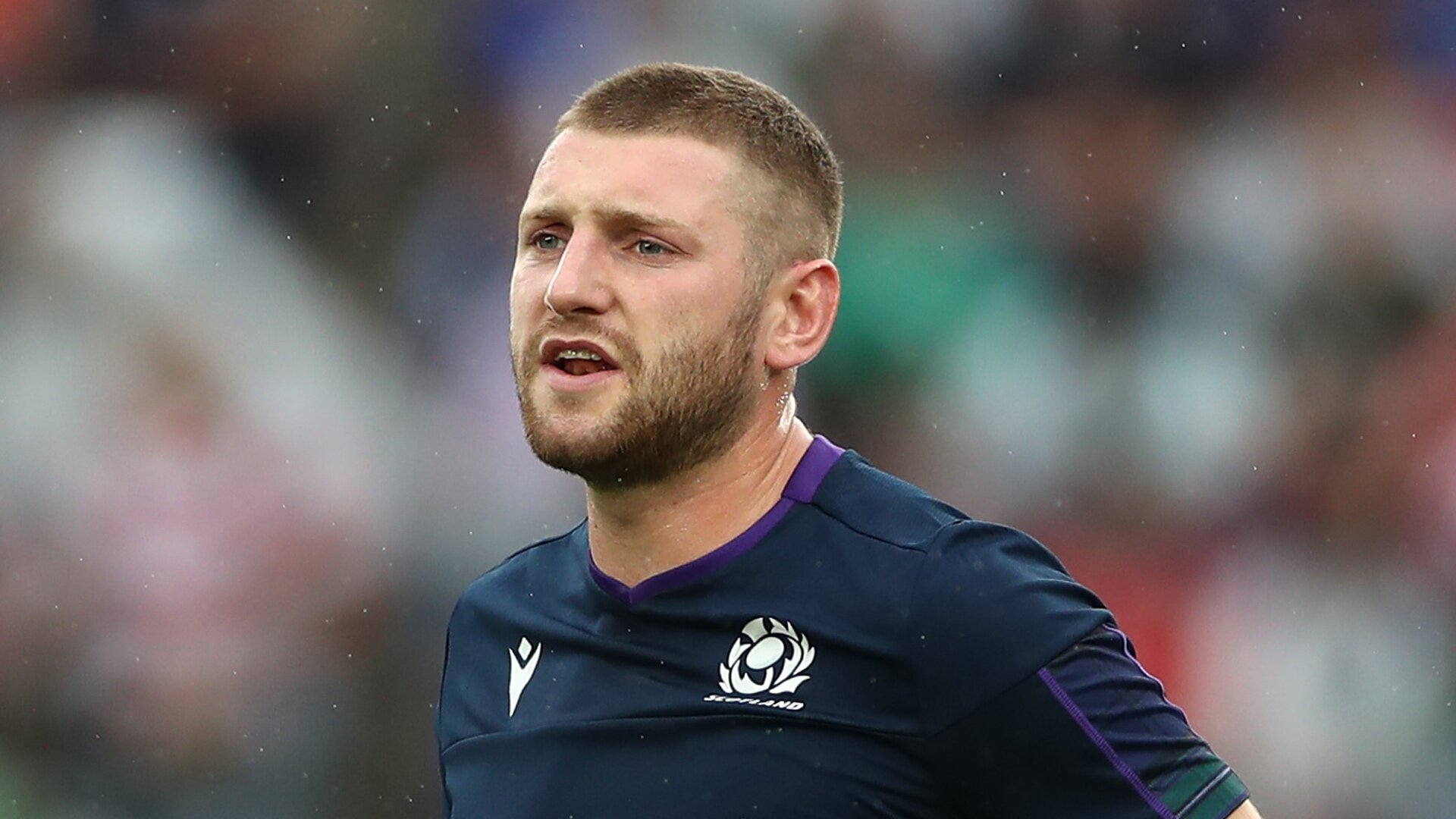Building the perfect rugby player: Fly-half

Hot on the heels of our look at the protoype scrum-half – comes our delve into what constitutes the perfect rugby player at the fly-half position. Regularly heralded as the most important player in a team, the fly-half shoulders the burden of not only getting the back line to click and the scoreboard ticking over, but also ensuring his team are playing the game in the right areas of the pitch.
We have identified the five key skills that any fly-half needs to excel in their role, as well as picking five current players who particularly display those attributes.
As with the scrum-halves, passing is once again a key attribute as a fly-half is required to facilitate most of the attacking play in a back line. They need a good range of passing accuracy and velocities in order to tailor their distribution to any situation, as well as the ability to maintain that accuracy when running at or near to top speed.
There is probably no fly-half as comfortable with the ball in their hand as Scotland’s Finn Russell. The Racing 92 playmaker can manipulate defences with his array of passes and offloads, not to mention the feints and counter-feints he pulls off to move the defence and create the opportunities to hurt the opposition with his distribution.
From passing we move on to kicking, both at goal and from hand. The former speaks for itself, with any fly-half capable of accurately accruing points from the tee adding plenty of value, while the ability to control territory by kicking the corners and finding space with the boot brings its own advantages, albeit less obviously as racking up points.
The number ? players unionhttps://t.co/koJmfaA5ku
— RugbyPass (@RugbyPass) April 16, 2020
This is a point of difference for Wales’ Dan Biggar in his continuing battle with Gareth Anscombe for the 10 jersey. Not only is Biggar accurate kicking at goal, he is also able to chew off large sections of the pitch with his raking touch finders. His shorter kicking game from hand is also very effective, with his chip and chase game as good as any other proponent of it.
Again mirroring the scrum-half position, decision-making is another area in which fly-halves must also be incredibly adept. Making the split-second call on a pass can be difference between an attacking try and a defensive intercept that goes all the way to a team’s own try line. It comes with experience, but also correlates with the confidence that a player has in their ability to execute their own technical and physical skills.
There may be no one better in this regard than New Zealand’s Richie Mo’unga, with the 10 having prospered in this area for the Crusaders and the All Blacks. Mo’unga doesn’t necessarily have the physical or technical point of difference that some of his rivals at the position all over the globe have, making his unerring ability to make the right decision absolutely paramount to the success that he has had.
As rugby players have got bigger and faster, the boundaries of the pitch have not increased to compensate for it. As such, the ability of a fly-half – most teams’ chief playmaker – to diagnose and subsequently execute where the space on the pitch is, can be the difference between victory and defeat. The execution can come in multiple forms but the vision to read the game and see where the space is appearing is key.
No one does this better than New Zealand’s Beauden Barrett. Although shifted to full-back of late to accommodate Mo’unga, the majority of Barrett’s difference-making displays in international rugby and for the Hurricanes in Super Rugby have come at 10. His feel for the flow of a game and awareness of where opportunity and space exist on the pitch is unmatched, and he then has the physical and technical skills to make sure he doesn’t let those opportunities go spurned.
Last but not least, a fly-half needs to be able to defend effectively on the pitch. Occasionally, weaker defensive fly-halves will be moved around on the pitch to hide that area of their game, but they are predominately stationed in a channel that powerful back rowers and centres will frequently run down, meaning they need to be on their toes in defence.
He flirts with legality in his tackles from time to time, but you will struggle to find a more adept and physical defender than England’s Owen Farrell at the position. He is one of the few fly-halves who can stay reasonably high in the tackle and live with the physicality that opposition ball-carriers will attempt to exert on him. As long as he wraps his arms, he’s the standard bearer at the position defensively.
Passing – Finn Russell
Kicking (goal and tactical) – Dan Biggar
Decision-making – Richie Mo’unga
Spatial awareness – Beauden Barrett
Defence – Owen Farrell






































































